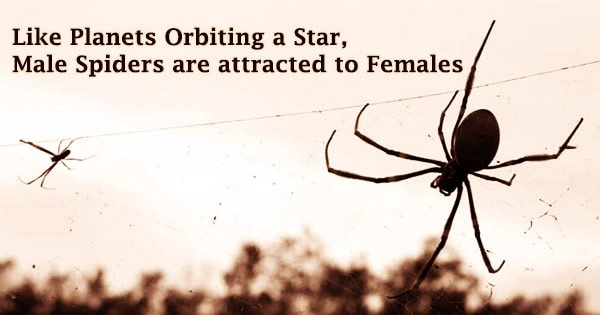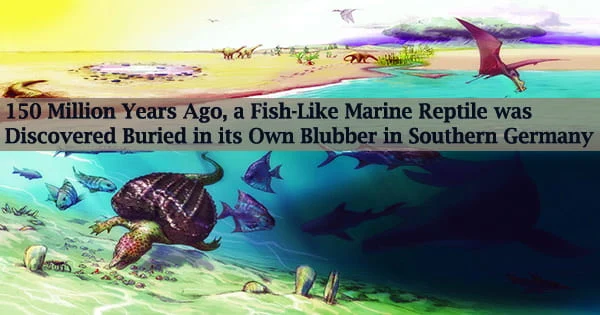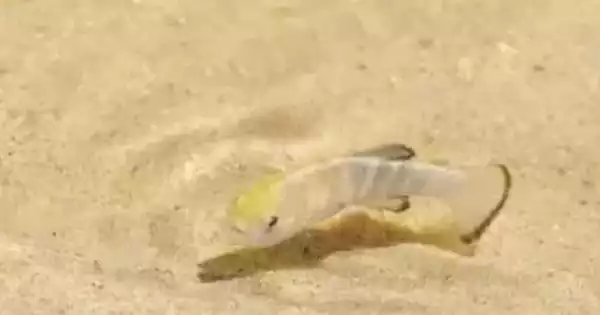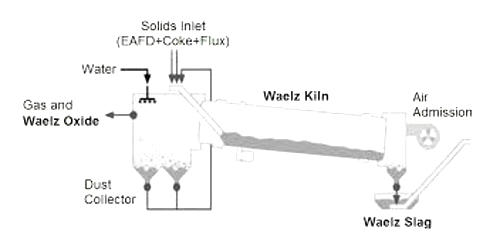European projects aim to save a variety of animal and plant species by keeping an eye on the oceans and peeping into ponds.
In January, news spread that researchers had used photos from Europe’s premier Copernicus satellite network to find a new colony of penguins in Antarctica. By chance, a project that would use the same Earth-observation technology for several reasons began in the same month.
The NECCTON project is gearing up to help Europe protect endangered fish and whales. To gather more in-depth information on species affected by habitat loss, unsustainable fishing, and industrial contamination, it will make use of the European Copernicus Marine Service, or CMEMS.
From satellites to seabeds
“This is going to be particularly helpful for policymakers, marine managers and fisheries,” said Stefano Ciavatta, coordinator of the project running through 2026. “We want to provide better simulations and projections of the state of marine ecosystems and of their ability to support diverse fish communities.”
Although there are hundreds of Earth-observation satellites, including Europe’s flagship Copernicus, it is frequently asserted that we know less about the ocean floor than we do about the moon’s surface.
Biodiversity protection has received fresh impetus as a result of a United Nations summit in Canada in December 2022 and a landmark UN agreement in March this year on a High Seas Treaty to protect oceans. And with 68 000 kilometers of coastline more than the U.S. and Russia combined the EU is stepping up efforts to improve marine health.
CMEMS, one of six Copernicus services, provides analyses and forecasts of marine environments for all kinds of users ranging from fishing hobbyists to the navies of EU Member States. France-based Mercator Ocean International, a non-profit entity in the process of becoming an intergovernmental organization, runs it.
This is going to be particularly helpful for policymakers, marine managers and fisheries. We want to provide better simulations and projections of the state of marine ecosystems and of their ability to support diverse fish communities.
Stefano Ciavatta
All of the regional seas in Europe as well as the world’s oceans are observed by the Copernicus marine service. With the help of its models, it is now easier to predict developments like fish migration patterns by predicting things like water temperatures, tides, and currents.
By collecting information on fish, pollution, and the conditions of the bottom for marine life, NECCTON hopes to provide a more thorough picture of the environmental situation of these seas.
“We will develop new tools to share the modeling capabilities of the Copernicus Marine Service across the different centers in Europe, optimize scientific efforts and boost collaboration,” said Ciavatta, an oceanographer at Mercator Ocean International.
Clearer views
The ultimate goal of the service is to assist customers in making more informed choices regarding the wise use of maritime resources.
For example, the Copernicus maritime service might provide data on tuna population locations or if dolphin habitats are suitable for them.
Scientists and authorities need forecasts on how changes brought on by global warming, pollution, and overfishing can influence the marine system as a whole in order to make wise policy decisions.
NECCTON plans to simulate changes in organisms within the food web using climate scenarios. For instance, this activity might help researchers better understand how dwindling fish stocks would affect the marine environment over the future decades.
Pond treasures
When it comes to protecting biodiversity, it’s not just the mighty oceans that have researchers’ attention. So do humble duck ponds.
The PONDERFUL project is examining the relationship between ponds and their surrounding environment. The initiative is focusing on the wide range of living organisms to which ponds are home.
Fish, toads, snails, dragonflies and leeches are just some of the creatures making up a vast, balanced web that, if disrupted, could result in the ecosystem’s collapse.
“Collectively, ponds are the richest freshwater habitats,” said project coordinator Sandra Brucet, a biologist and researcher on aquatic ecology at the University of Vic in Spain. “They are more abundant than lakes, rivers and wetlands.”
Ponds are thought to support more species of plants and animals, many of which are endangered, than many larger bodies of water, according to research.
Nonetheless, ponds so far have been largely neglected by policymakers. For example, a major piece of EU legislation in 2000 on cleaning up water bodies excludes for the most part those smaller than 50 hectares. Also, research on ponds has long been overlooked.
“Two decades ago, researchers mainly focused on lakes and rivers,” said Brucet, who came up with the idea of PONDERFUL.
Home stretch
Now things are changing as the project, which began in late 2020, enters its final two years.
With more than 80 researchers from 11 countries Belgium, Denmark, France, Germany, Portugal, Spain, Sweden, Switzerland, Turkey, the UK and Uruguay the initiative is deepening knowledge about how best to manage and restore ponds in a changing climate.
PONDERFUL is evaluating future “pondscapes” at eight demonstration sites that include a total of more than 500 ponds. The results of the testing will be used to create guidelines for cleaning up ponds, making new ones, and utilizing them to further environmental objectives like biodiversity preservation.
Runoff from agricultural fields is one of the main threats to the health of ponds. Nutrients in such runoff can cause harmful algal blooms, a lack of oxygen and dead zones as fish die off.
Key lessons
Brucet and her team have already drawn some important lessons.
The general condition of ponds can be negatively impacted by an accumulation of debris and an increase in sediment loads, which are mostly caused by agricultural-field erosion and are typically rich in nutrients from fertilizer runoff.
The erosion of pond borders and the seasonal accumulation of organic matter, such as dead plants and tree leaves, for example, both speed up the accumulation of sediment. The nutrients in this material frequently nourish algal blooms, which can poison fish, animals, and birds as well as produce poisons.
Dredging and removing sediments help prevent such buildup.
Separately, reshaping the edges of ponds that are artificially drained for agriculture can prevent too much water from escaping.
The researchers discovered that when efforts are made to improve pond fauna as a whole, vegetation improves as well as populations of endangered frogs, toads, and newts grow.
“Biodiversity of aquatic plants increases significantly after cleaning up ponds,” Brucet said.
Healthy ponds even aid in the fight against climate change, a crucial environmental issue. They do this by storing greenhouse gases like carbon dioxide and serving as “carbon sinks” in the process.
The Brucet project, which will last through November 2024, shows that Europe’s green goals are finally turning their attention to ponds, which have long been ignored by researchers and policymakers.
















